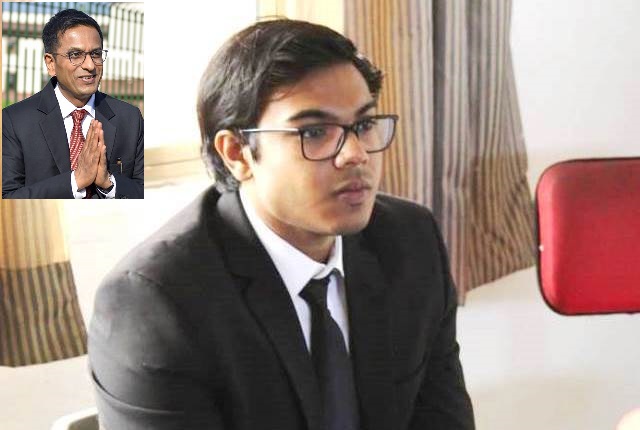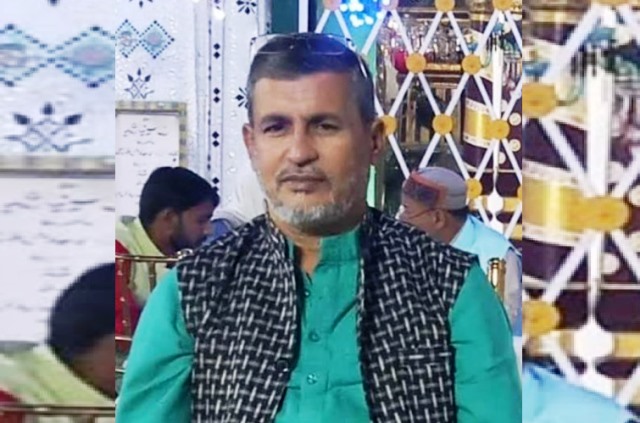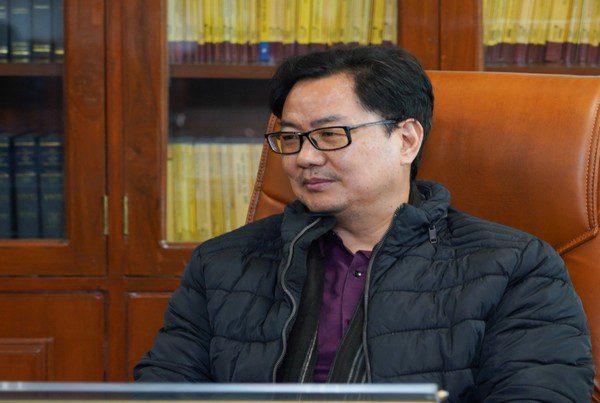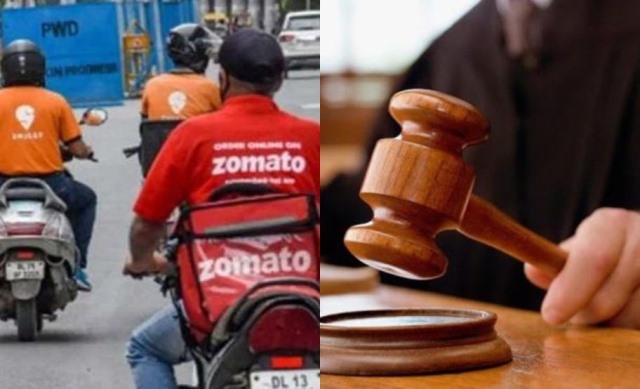Bhavesh Kumar, an LLM student at National Academy of Legal Studies & Research, Hyderabad, says law students have found a new role model in CJI DY Chandrachud. His views:
The Supreme Court of India has witnessed several new initiatives in the first nine months of the dynamic leadership of the Chief Justice of India (CJI), Dr Dhananjaya Y Chandrachud. Long pending Constitutional Law cases have been taken up for hearing, and the court has not shied away from asking tough questions from the government.
He definitely is bringing the mojo back into the judiciary, building up on the strengths as well as shedding light upon the shortcomings and improving the overall framework. From taking suo moto cognizance regarding the Manipur incident video that emerged online, asking the Centre and State to appraise the steps taken on the issue to suspending Rahul Gandhi’s two year prison sentence in the defamation case, the Supreme Court is substantiating the independence of the judiciary pillar of our vibrant democracy.
Live streaming of constitutional bench hearings and AI enabled live transcripts of court arguments are a big leap towards transparency and accessibility to the highest court of the country. There is a definite expansion of the horizons, giving so much to youth to look up to our CJI as a role model.
‘The Role of Judiciary in a Changing World’ by Hon’ble Justice Sundaresh Menon, Chief Justice, Supreme Court of Singapore, was organised by the Supreme Court of India this month, and they also conducted the first ever Hackathon for identifying innovative ideas and exploring practical propositions for enhancing and bringing competence to the already existing processes from ‘filing to listing’ of judicial matters.
The CJI launched the eSCR (electronic version of the Hon’ble Supreme Court Reports) as a tribute to the nation. With more than 34,000 judgments available online, the portal provides facility to search judgments based on various parameters like, phrase, words, name of the judge, bench strength, volume, citation, date of decision etc. With an aim to provide access to judgments in scheduled languages, the new feature provides translated versions of Supreme Court judgments in Indian languages making it a huge boon for not only the legal minds but also making things elementary for those interested in looking judgments up for any reason at all.
ALSO READ: ‘Tardy Justice Breeds Calls For Extra-Judicial Measures’
Dr Chandrachud also gave a visionary outlook to the process of scanning and providing soft paper books for paperless court functioning to ensure that judiciary uses technology to its optimum level. ‘AI assisted Legal Translation Advisory Committee’ was also constituted with domain experts in the field of Artificial Intelligence as the Members of the Committee, to evaluate and oversee the advancement of as well as propose actions to additionally improve the utilisation of AI tools for translation of legal documents in various vernacular languages within the Supreme Court of India. Even the online RTI portal, introduced on November 24th, 2022, marks a significant stride towards transparency, the elimination of paper-based application submissions, appeals, and online payment of fees via methods like net banking, card payments, UPI, and more.
Our Chief Justice is entrusted with upholding justice and ensuring a fair application of laws and his dedication to impartiality and fairness sets an example to treat others equitably and stand up against injustices. His effective leadership skills and a strong sense of responsibility inspire young people to take on leadership roles and responsibilities in their own lives and communities.
The ethical conduct he carries can motivate young people to prioritize integrity and honesty in their own actions. Furthermore, his significant impact on shaping legal precedents and guiding the direction of the legal system can encourage anyone to pursue careers in law and contribute positively to legal reforms and progress.
As told to Deepa Gupta
Read More: http://13.232.95.176/




